Pregnancy is the state in which a woman finds herself from the moment of union of the female reproductive cell – the egg cell with the male reproductive cell – sperm and the implantation of the fertilized egg in the uterus.
The woman's reproductive system comprises the ovaries, fallopian tubes, uterus, and vagina. The fertilized egg will develop inside the uterus. In the first two months, it is known as an embryo and, after that, as a fetus.
The umbilical cord connects a fetus to the placenta. The placenta![]() is an organ responsible for the blood flow between the mother and the baby. The uterus is entirely of amniotic liquid, which keeps the fetus hydrated and maintains its temperature. This liquid also assists with the unborn baby's lung and digestive system growth and development.
is an organ responsible for the blood flow between the mother and the baby. The uterus is entirely of amniotic liquid, which keeps the fetus hydrated and maintains its temperature. This liquid also assists with the unborn baby's lung and digestive system growth and development.
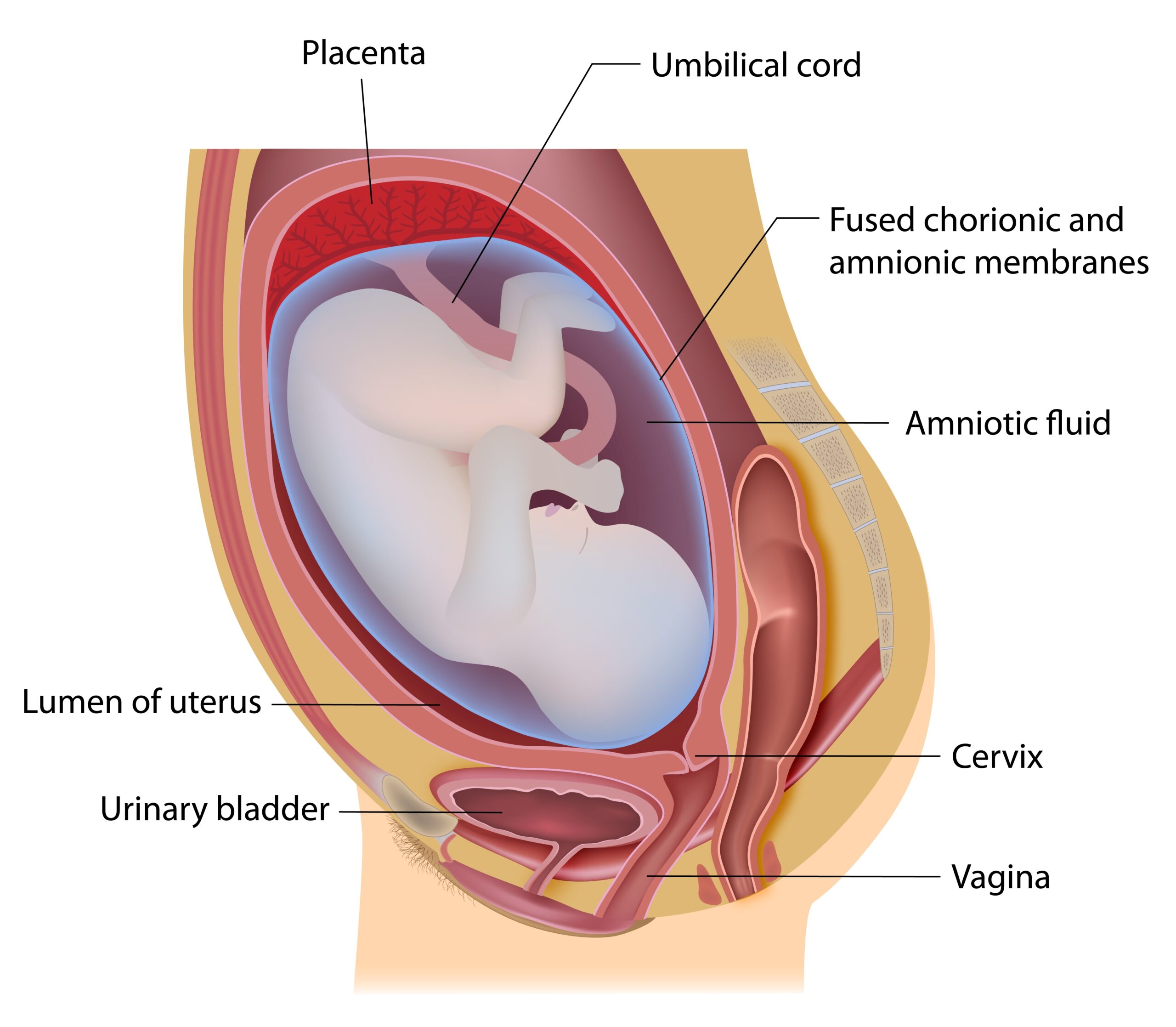
Pregnancy in humans typically lasts for nine months, which equates to forty weeks. This period is divided into three trimesters – the first ending after twelve weeks, the second concluding at twenty – seven weeks, and the third culminating with the delivery of the infant.
It is often hard to pinpoint the exact time of fertilization, commonly seen as the commencement of pregnancy. Therefore, the first day of a woman's last menstrual period is considered the beginning of pregnancy.
At the beginning of pregnancy, before symptoms![]() appear, it is difficult for a woman to feel changes in her body. It is only when troublesome symptoms appear that many women reach for pregnancy tests or go to the doctor to find out they are pregnant.
appear, it is difficult for a woman to feel changes in her body. It is only when troublesome symptoms appear that many women reach for pregnancy tests or go to the doctor to find out they are pregnant.
Symptoms include:
In the first week after conception, it is impossible to diagnose pregnancy based on an ultrasound examination.
A pregnancy test to check hCG levels can be done from urine and in the laboratory in blood.
Another blood test that can detect pregnancy is the Early Pregnancy Factor (EPF)![]() test, which, unlike beta-hCG, can be seen as early as 48 hours after conception.
test, which, unlike beta-hCG, can be seen as early as 48 hours after conception.
The delivery date is one of the most essential information for a pregnant woman. When confirming a pregnancy, a woman often wants to know when her child will likely be born.
Remember that most babies aren't born at exact terms – they come to this world before or after this date, and some are born prematurely, i.e., before the 37th week of pregnancy.
The doctor determines the approximate delivery date during the first visit during pregnancy. Then the doctor will ask you about the first day of your last menstrual period and, on this basis, will calculate the due date.
Knowing the date of the last menstrual period, you can use Negele’s rule![]() to calculate the due date:
to calculate the due date:
However, this rule only applies to regular (28-day) menstrual cycles. If the menstrual cycles are longer or shorter, add or subtract days from the calculated date accordingly.
It should be remembered that the calculated due date should be verified during an ultrasound performed in the first trimester of pregnancy, preferably before the 10th week. During this time, every baby grows the same; only later in pregnancy can children develop at different rates.
Fertilization usually occurs in the fallopian tube (the tubular structure that connects to the uterus). A zygote![]() is formed when a female reproductive cell fuses with a male reproductive cell. The zygote moves from the fallopian tube to the uterine cavity. During this time, it undergoes multiple divisions. When it reaches the uterine cavity (3-4 days after fertilization), it already consists of 12-16 cells.
is formed when a female reproductive cell fuses with a male reproductive cell. The zygote moves from the fallopian tube to the uterine cavity. During this time, it undergoes multiple divisions. When it reaches the uterine cavity (3-4 days after fertilization), it already consists of 12-16 cells.
Implantation ![]() occurs in the uterus between 6 and 7 days after conception. On the day of implantation or the next few days, a woman may experience spotting or bleeding – this is known as implantation bleeding.
occurs in the uterus between 6 and 7 days after conception. On the day of implantation or the next few days, a woman may experience spotting or bleeding – this is known as implantation bleeding.
The embryonic period begins in the third week of pregnancy and ends in the eighth week. It is called the stage of organogenesis![]() because it is during this time that most organs develop.
because it is during this time that most organs develop.
This stage of development is characterized by the rapid growth of the embryo, and the effect of a fetus-damaging factor (so-called teratogens![]() , e.g., alcohol, cigarettes, radiation exposure) during this period may lead to miscarriage or severe developmental defects.
, e.g., alcohol, cigarettes, radiation exposure) during this period may lead to miscarriage or severe developmental defects.
The heart is the first organ to start working in the embryo's body – it starts beating in the 4th week. In fetal life, the heart beats much faster – 120 to 160 beats per minute![]() are considered normal, which is more than twice as fast as your heart.
are considered normal, which is more than twice as fast as your heart.
At the end of the second month of pregnancy, the embryo is about three centimeters long and weighs about ten grams – the size of a grape. On its disproportionately large head, you can see the eyes and outline of the nose. Fingers and toes can be seen on the limbs.
From the 9th week of pregnancy, the developing baby is no longer called an embryo but a fetus, and fetal development begins.
By the end of the third month, the fetus has a developed muscular and nervous system. Its sex organs are also formed, although it might be difficult to determine gender on ultrasound at this time. It reacts to stimuli and moves its limbs, although the mother does not yet feel the movements. Nails appear on the fingers and toes. The fetus is about 10 centimeters long and weighs about 30 grams – the size of a kiwi.
The placenta is fully developed at the end of the 12th week.
During the 4th month of pregnancy, the following processes take place:
At five months, around 20 weeks, the mother begins to feel fetal movements![]() . Women who have already been pregnant may start feeling them about two weeks earlier. Movements are significant evidence of a baby's well-being, so monitoring them is essential.
. Women who have already been pregnant may start feeling them about two weeks earlier. Movements are significant evidence of a baby's well-being, so monitoring them is essential.
At the end of the sixth month, the proportions of the fetal body are like those of a newborn.
From the 24th week, babies born prematurely have a chance to survive. Earlier, this was not possible due to the need for sufficient development of the lungs.
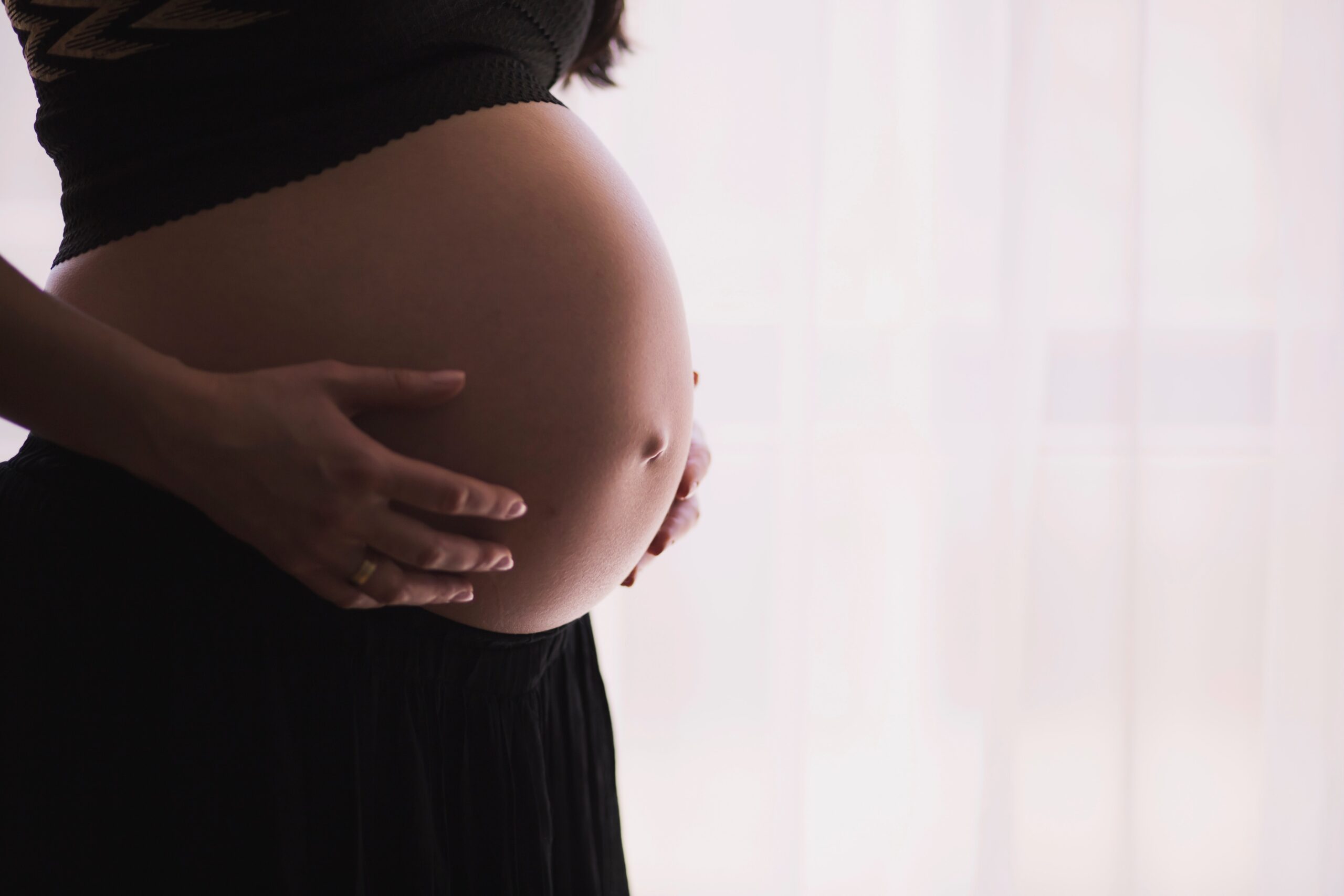
The baby's fat tissue grows significantly in the seventh month of development. It becomes less wrinkled and more plump. The fetus develops a sucking reflex and reaches a weight of around 1200 grams – a papaya size.
In the last two months, the growth of the fetus in length is slower, but it gains significantly in weight.
During that time, the testicles descend into the scrotum in male babies. Meconium is produced in the baby's intestine – a mixture of amniotic fluid and skin cells. This will be your baby's first poop after birth. The birth weight of a baby is around 3000-3600 grams. At birth, the organs of a full-term newborn are mature enough to take up their functions. The most critical reflexes for survival outside the mother's organism are also developed.
Most women give birth before 42 weeks. However, if you don't go into labor by then, you'll probably be induced, as carrying a pregnancy past that time can be dangerous for your baby.
During pregnancy, the adaptation of a woman's body![]() is enormous. Many changes begin as early as conception and continue throughout pregnancy. Most of the changes seen during pregnancy are almost immediately reversed after delivery. The most significant of these changes include:
is enormous. Many changes begin as early as conception and continue throughout pregnancy. Most of the changes seen during pregnancy are almost immediately reversed after delivery. The most significant of these changes include:
Blood volume begins to increase by approximately 15% in the first trimester and peaks in the third trimester (about a 40% increase compared to a non-pregnant woman)
Mothers' heart rate increases by about 20 beats per minute![]() as early as five weeks into pregnancy. Changes in the circulatory system arise because the mother's body must supply, apart from itself, the developing child.
as early as five weeks into pregnancy. Changes in the circulatory system arise because the mother's body must supply, apart from itself, the developing child.
Edema means swelling due to fluid retention in some part of the body. In pregnancy, swelling mainly affects the legs. There are several causes. During gestation, the concentration of hormones progesterone and estrogen, which affect the tension and permeability of blood vessels, increases significantly. In addition, the pressure of the enlarging uterus on the blood vessels obstructs blood flow. It causes blood stagnation in the lower parts of the body.
The placenta produces an abundance of the hormone progesterone while a lady is pregnant. It is a hormone that allows you to maintain pregnancy and causes muscle relaxation, including the muscles of the walls of blood vessels, consequently reducing the pressure in the vessels during pregnancy.
Many women's feet grow![]() along with their growing belly. Sometimes, it is even necessary to buy new, bigger-sized shoes. One of the causes of this phenomenon is the increase in pregnancy hormones (relaxin), which causes the ligaments in the feet to loosen. In addition, the feet have to bear more weight and are heavily loaded due to incorrect body position.
along with their growing belly. Sometimes, it is even necessary to buy new, bigger-sized shoes. One of the causes of this phenomenon is the increase in pregnancy hormones (relaxin), which causes the ligaments in the feet to loosen. In addition, the feet have to bear more weight and are heavily loaded due to incorrect body position.
The large amounts of estrogen and progesterone cause swelling of the nasal mucosa, which in turn promotes the feeling of nose blockage![]() . It mainly affects women in the final stage of pregnancy and resolves within two weeks after delivery.
. It mainly affects women in the final stage of pregnancy and resolves within two weeks after delivery.
When expecting a baby, a woman's body's need for specific vitamins and minerals![]() rises. Supplementation during pregnancy is recommended for all pregnant women. It is essential to choose a preparation that contains nutrients in appropriate doses that are crucial for the proper development of the fetus and the course of pregnancy.
rises. Supplementation during pregnancy is recommended for all pregnant women. It is essential to choose a preparation that contains nutrients in appropriate doses that are crucial for the proper development of the fetus and the course of pregnancy.
A balanced, nutrient- and vitamin-rich diet is recommended during pregnancy. This allows you to meet the demand for most of the necessary ingredients. Caloric needs increase during pregnancy. You need an extra 400 calories daily![]() in the second and third trimesters.
in the second and third trimesters.
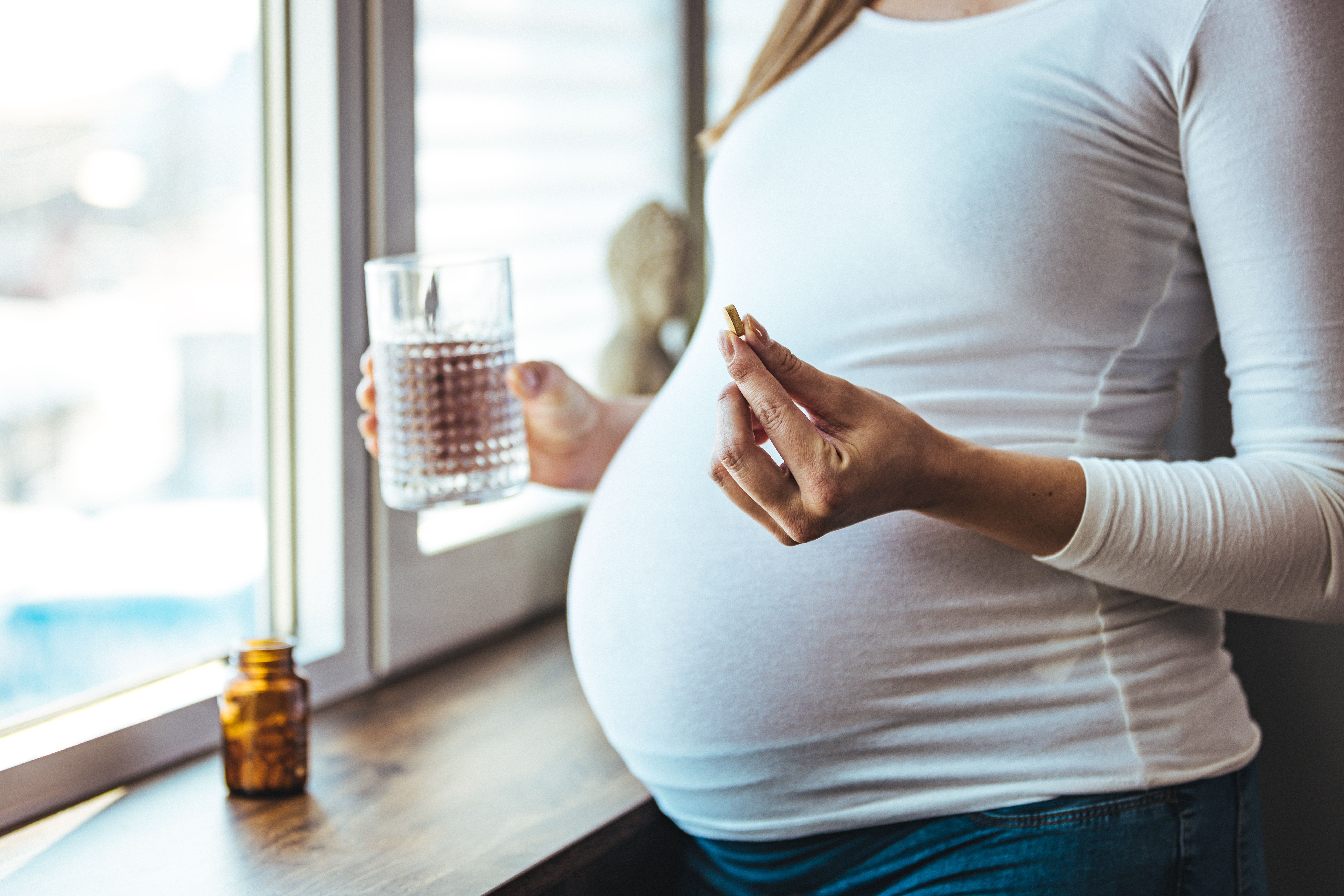
Nowadays, pregnancy after the age of 35 is a complete norm. It is worth remembering, however, that as a woman ages, the risk of complications increases and fertility decreases.
According to experts, the biologically appropriate time to become pregnant is between 20 and 25![]() . This is when women are most fertile and tolerate all changes in their bodies well, and the risk of miscarriage is the lowest at this age. In addition, there is a much lower probability of having a child with genetic defects than older women.
. This is when women are most fertile and tolerate all changes in their bodies well, and the risk of miscarriage is the lowest at this age. In addition, there is a much lower probability of having a child with genetic defects than older women.
Having a baby after the age of 35 is challenging. This is due to reduced fertility and more significant problems with maintaining pregnancy. Every woman over 35 expecting a child should undergo prenatal tests to rule out genetic defects.
Getting pregnant after age 40 is complex, and success depends on the ovarian reserve![]() , which is the number of eggs left in the ovaries. Its happy ending is also not sure. The expectant mother also has to consider potential complications, like the risk of giving birth to a premature baby. The very high risk of genetic defects
, which is the number of eggs left in the ovaries. Its happy ending is also not sure. The expectant mother also has to consider potential complications, like the risk of giving birth to a premature baby. The very high risk of genetic defects ![]() should also be taken into account.
should also be taken into account.
Thanks to regular tests, the risk of dangerous complications for the mother and her baby is reduced. Doctors can detect abnormalities very early and implement appropriate therapeutic measures. Screening during pregnancy reduces maternal deaths, perinatal mortality, and preterm birth rates.
What are the tests![]() routinely performed during pregnancy?
routinely performed during pregnancy?
Table of Contents

Breastfeeding is the process of feeding a baby with milk directly from the mother's breasts. It is a highly recommended… read more »
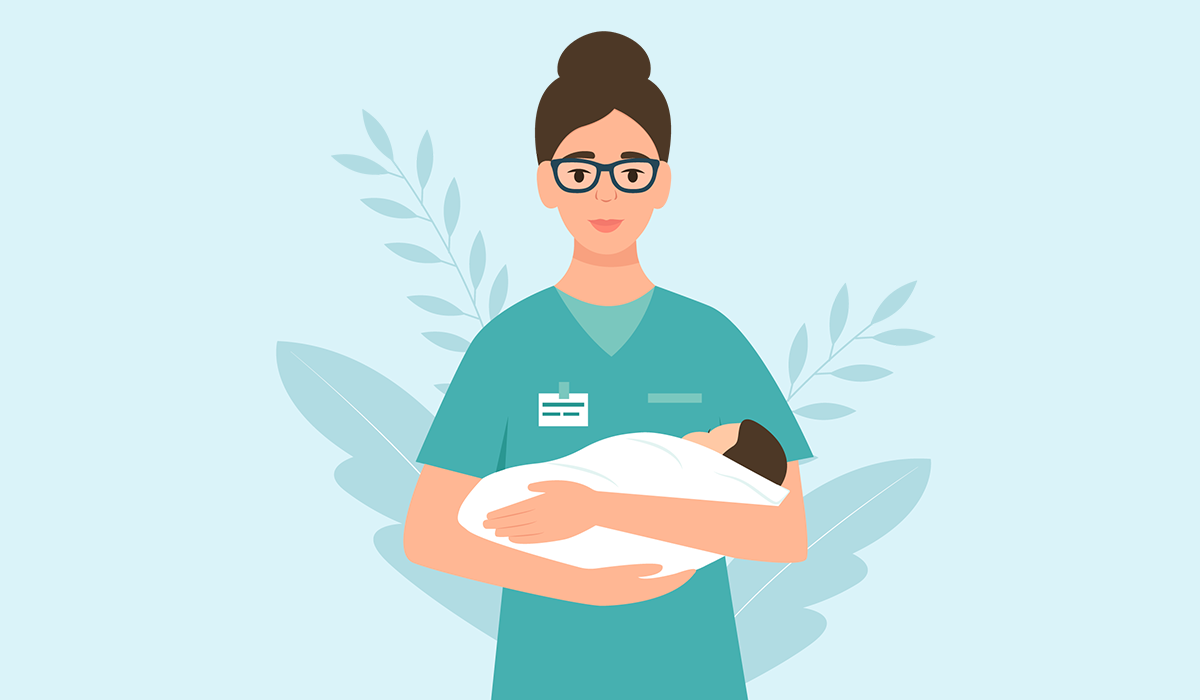
An obstetrician is a physician who cares for women during pregnancy and delivery. They also help women with fertility problems… read more »

Blood types, also known as blood groups, are classifications of blood based on the presence or absence of specific antigens… read more »

Gestational diabetes is a condition in which the blood sugar levels are high during pregnancy. If left untreated, it can… read more »
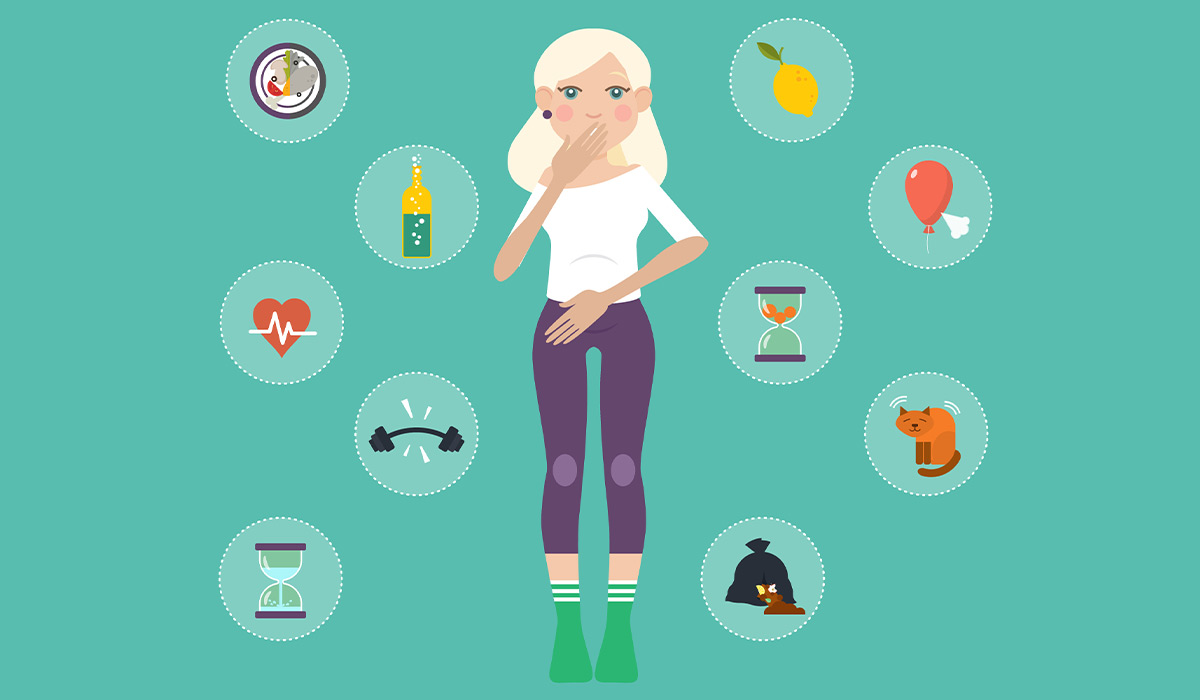
Do you know what pregnancy symptoms appear early? Hormonal changes can cause various symptoms of pregnancy. Find out what signals… read more »

Childbirth is a process during which a pregnant woman delivers a child. It can be divided into three stages. There… read more »

Ovulation is a key stage of the menstrual cycle in which the mature egg moves into the fallopian tube. What… read more »
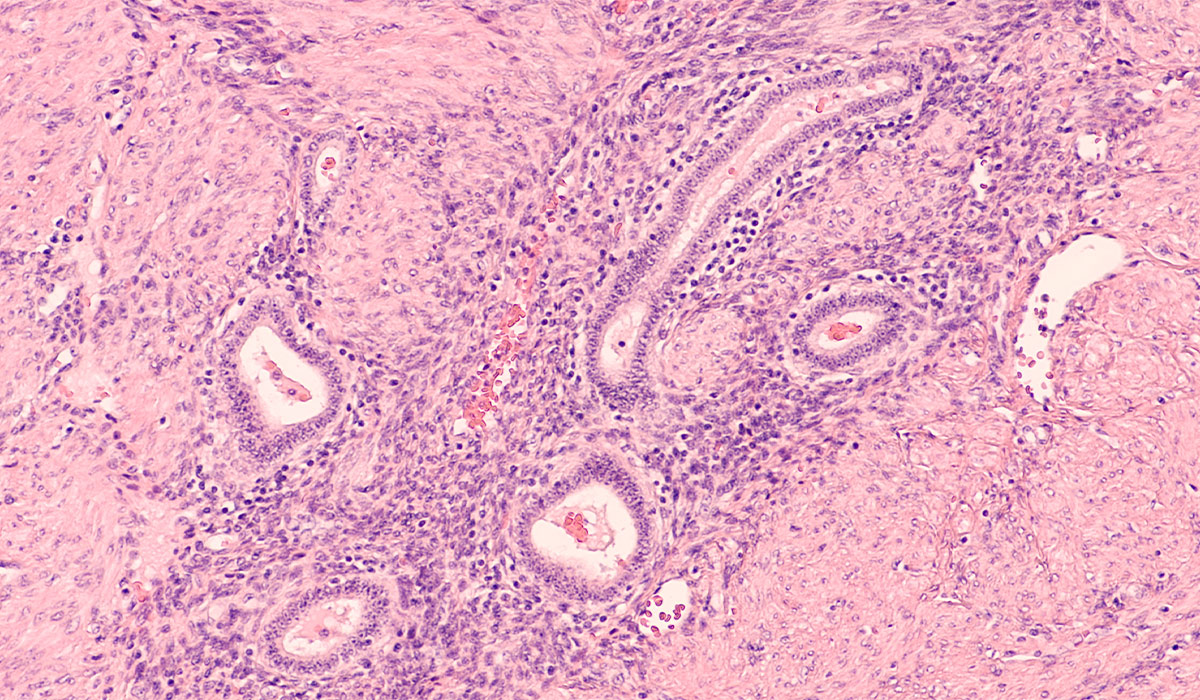
Adenomyosis is a chronic disease that can significantly reduce a woman's quality of life and limit her fertility. Learn how… read more »
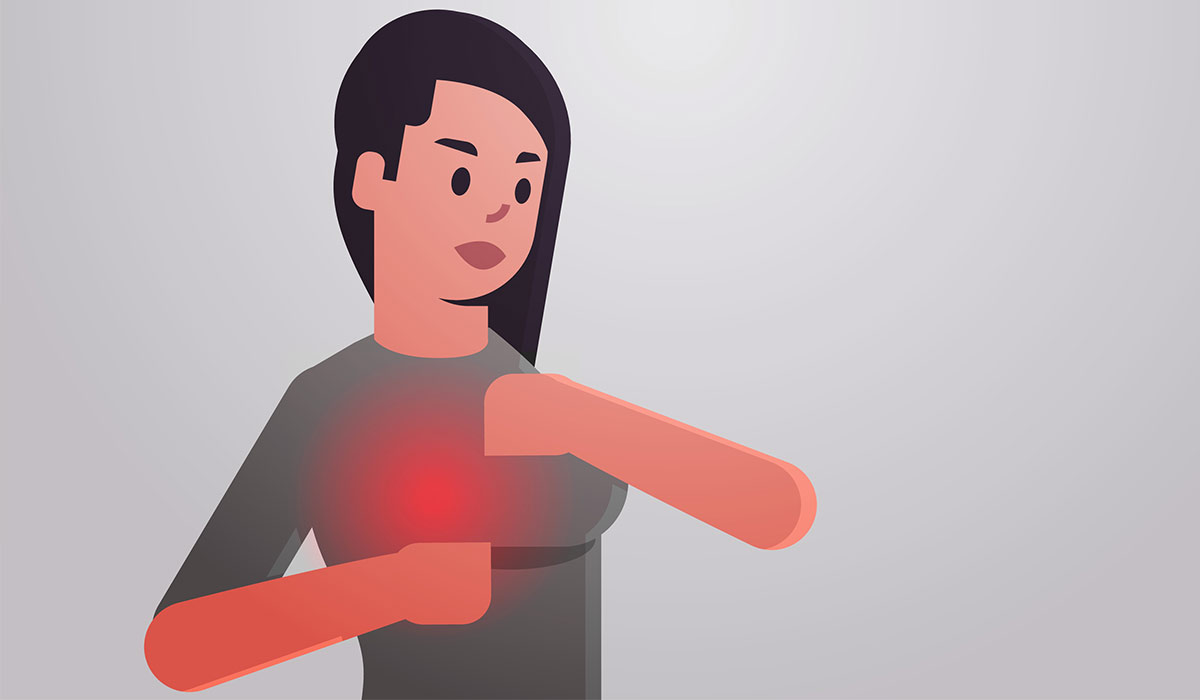
Mastitis is a condition that can affect many women, especially during the postpartum period. What symptoms does it cause? What… read more »